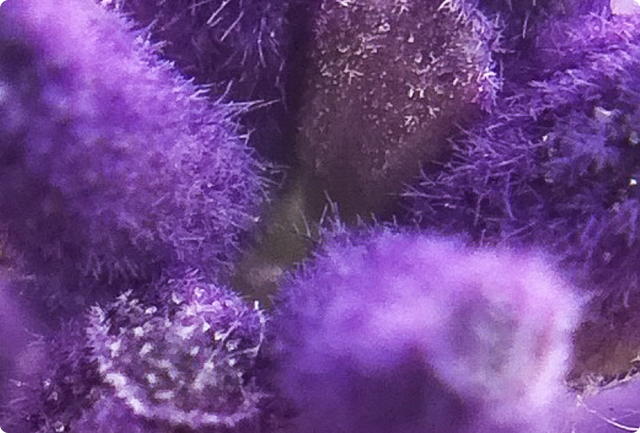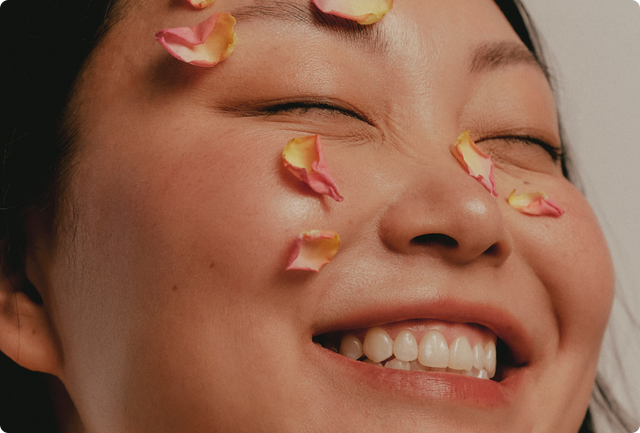About the Oil
Palmarosa essential oil is steam-distilled from the slender grass Cymbopogon martini, a fragrant perennial native to India and Southeast Asia. It exudes a soft, floral, rose-like aroma, thanks to its high geraniol content—a monoterpene alcohol also found in rose and citronella.
While often used as a natural perfumery ingredient, palmarosa’s essential oil has been shown to possess significant broad-spectrum antimicrobial properties, making it a valued botanical for skin health, immune protection, and natural preservation.
Why You Would Use Palmarosa Essential Oil
- To support healthy, balanced skin
- For its antibacterial and antifungal properties
- In post-harvest preservation and natural antimicrobial applications
- As a natural alternative to synthetic preservatives
- For emotional uplift with its calming, floral scent
Clinical Findings
| Study | Participants & Duration | Key Results | Reference |
|
Comparative antibacterial activity |
Disc diffusion assay against E. coli and S. aureus using palmarosa and other floral EOs |
Palmarosa exhibited the strongest antibacterial effect among all oils tested; inhibition zone reached 29.7 mm against E. coli at 100% |
Lodhia et al., 2009 |
|
Post-harvest bioactivity |
Evaluation of essential oils against fruit spoilage microbes |
Palmarosa oil significantly reduced fungal colonization on stored produce surfaces |
Sharma et al., 2009 |
Behind The Science
Palmarosa’s power lies in its geraniol content—a compound known to disrupt bacterial and fungal membranes, reducing viability and halting replication. The oil also exhibits lipophilic penetration into microbial cell walls, enhancing its ability to neutralize both gram-positive and gram-negative bacteria.
Studies have shown its broad-spectrum action to be on par with or superior to some synthetic preservatives, especially in in vitro and post-harvest applications.
How and Where It Grows
Palmarosa thrives in humid, tropical climates and is primarily cultivated in India, Nepal, Madagascar, and East Africa. The oil is extracted via steam distillation of the grass leaves, which are harvested prior to flowering to optimize geraniol yield and fragrance intensity.
Use in Ancient Medicine
In Ayurvedic practice, palmarosa was prized for its ability to calm inflammation, treat viral skin outbreaks, and uplift the spirit. Often infused in cleansing oils or steam baths, it was used to purify both skin and subtle energy fields—particularly in rituals that sought to restore emotional balance or physical clarity.
Symbolism
Palmarosa is a botanical symbol of gentleness, inner peace, and heart-centered connection. Its rosy scent encourages emotional openness, making it a cherished ally fortimes of grief, tension, or energetic renewal. It invites softness where there has been hardness, and light where there has been constriction.
INFORMATION provided is intended for informational purposes only and is not meant to diagnose, treat, cure, or prevent any disease. Statements have not been evaluated by Health Canada or the FDA. Please consult a qualified healthcare provider before using essential oils for therapeutic purposes.
References
- Lodhia, M. H., Bhatt, K. R., & Thaker, V. S. (2009). Antibacterial activity of essential oils from palmarosa, evening primrose, lavender and tuberose. Indian Journal of Pharmaceutical Sciences, 71(2), 134–136.
- Sharma, A., et al. (2009). Antibacterial activity of medicinal plants against pathogens causing complicated urinary tract infections. Indian Journal of Pharmaceutical Sciences, 71(2), 131–134.








